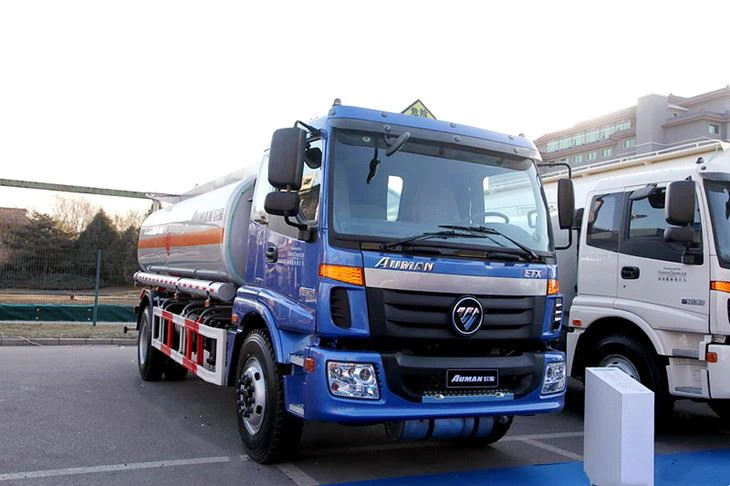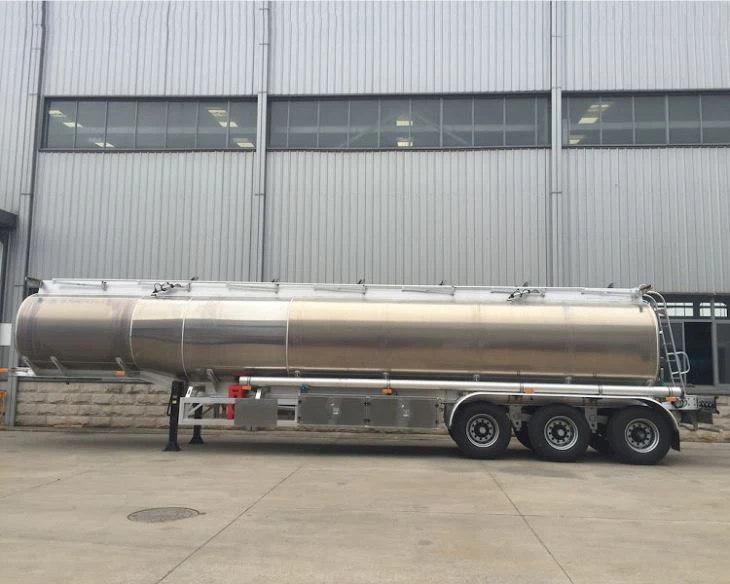Discovering the Charm of China Cabins: A Comprehensive Guide

When it comes to travel accommodations, the choice can significantly impact your experience. One option that has gained popularity among travelers and adventurers is the concept of the “China cabin.” In this article, we delve into the intricacies of China cabins, exploring their appeal, types, and tips for choosing the perfect one for your travels. From the scenic mountains to serene lakesides, China cabins offer unique insights into the culture and beauty of this vast country.
What is a China Cabin?
A China cabin refers to a variety of lodging options available in China that encompass cabins, cottages, and lodges, often located in picturesque natural settings. These accommodations can range from traditional wooden cabins in rural areas to modern, luxurious lodges near popular tourist destinations. They provide travelers with an opportunity to immerse themselves in nature while exploring China’s rich history, culture, and diverse landscapes.
The Rise of China Cabins in Travel
In recent years, there has been a noticeable trend towards more unique and personalized travel experiences. China cabins have surged in popularity due to the following factors:
- Proximity to Nature: Many cabins are nestled in scenic locales, providing direct access to hiking, fishing, and other outdoor activities.
- Unique Accommodations: Travelers are increasingly seeking non-traditional lodging options that offer a more authentic experience.
- Affordability: Depending on the location and style, cabins can be more budget-friendly compared to hotels.
Types of China Cabins
China cabins come in various styles and designs, catering to different preferences and budgets. Here are some popular types:
1. Traditional Wooden Cabins
These cabins are often constructed from local wood and designed to blend with the surrounding environment. They typically feature rustic furnishings and can be found in rural areas.
2. Luxury Lodges
For those looking for a more opulent experience, luxury lodges offer modern amenities and breathtaking views. They often come with gourmet restaurants, spa services, and guided tours.
3. Eco-Friendly Cabins
With a growing awareness of sustainability, eco-friendly cabins are becoming widespread. These cabins are built using sustainable materials and energy-efficient designs, allowing guests to enjoy nature responsibly.
4. Lakeside Cabins
Situated near lakes, these cabins typically provide opportunities for water sports, fishing, and swimming. They offer beautiful sunset views and safe recreational activities.
5. Mountain Cabins
For adventure seekers, mountain cabins provide quick access to hiking trails and stunning mountain views. Many are equipped with fireplaces and cozy interiors for a perfect retreat.
Table: Comparison of Different Types of China Cabins
| Type | Location | Amenities | Ideal For |
|---|---|---|---|
| Traditional Wooden Cabins | Rural Areas | Rustic Furnishings | Nature Lovers |
| Luxury Lodges | Scenic Outlooks | Modern Amenities | Comfort Seekers |
| Eco-Friendly Cabins | Nature Reserves | Sustainable Design | Eco-Conscious Travelers |
| Lakeside Cabins | Near Lakes | Water Sports | Families |
| Mountain Cabins | Mountainous Regions | Fireplaces, Hiking | Adventure Seekers |
Choosing the Right China Cabin
Selecting the perfect cabin for your trip can influence your overall experience. Here are some factors to consider:
1. Location
Determine which natural attractions or cultural sites you want to explore. Do you prefer a lakeside view or a mountaintop experience? The location will significantly affect your activities.
2. Amenities
Some travelers prioritize luxury, while others prefer simplicity. Analyze the amenities offered, such as Wi-Fi, kitchen facilities, heating, and laundry services, to make sure the cabin meets your needs.
3. Budget
Consider your budget for accommodation. While some cabins offer affordable options, others, particularly luxury lodges, may be significantly more expensive.
4. Group Size
The size of your travel party will determine the type of cabin you need. Some cabins accommodate families or larger groups, while others are designed for couples or solo travelers.
Practical Examples of Popular China Cabins
1. Anting Villa
Located in the lush hills of Zhejiang Province, Anting Villa offers luxury lodgings with stunning green views and top-notch amenities. Guests can enjoy a spa, swimming pool, and various outdoor activities.
2. Jiuhua Mountain Cabin
This mountain cabin provides a serene atmosphere surrounded by breathtaking views. Offering hiking opportunities, it’s an ideal location for those seeking tranquility in nature.
3. West Lake Boutique Cabin
Situated near the famed West Lake in Hangzhou, this boutique cabin seamlessly blends modern design with traditional Chinese elements. It’s perfect for tourists wanting to explore historical sites.
How to Book a China Cabin
Booking a China cabin can be easy if you follow these steps:
1. Research Online

Use travel websites and platforms like Booking.com or Airbnb to search for available cabins. Read reviews and ratings from previous guests to ensure quality.
2. Contact Property Owners
Reach out directly to property owners when possible to ask specific questions or seek discounts. Engaging with owners can also provide insider tips.
3. Consider Off-Peak Times
If your schedule allows, consider traveling during the off-peak season. Prices are often lower, and popular destinations are significantly less crowded.
4. Verify Cancellation Policies
Before finalizing your booking, check the cancellation policies. Flexibility can be crucial in case of unexpected changes to your travel plans.
Tips for a Memorable Cabin Experience
Enhance your stay in a China cabin by following these tips:

1. Pack Accordingly
Consider the cabin’s location and planned activities. Bring appropriate clothing, gear, and supplies, such as hiking boots and swimwear.
2. Explore Local Cuisine
Often cabins are close to local markets or restaurants offering traditional foods. Delve into the culinary scene to enrich your travel experience.
3. Plan Outdoor Activities
Take advantage of the nature surrounding your cabin. Research nearby hiking trails, lakes, or parks to discover local flora and fauna.
4. Respect Nature
Be conscious of your environmental footprint. Follow Leave No Trace principles to preserve the beauty of nature for future travelers.
Safety Tips When Staying in a Cabin
Ensuring your safety during your stay is paramount. Here are some practical tips:
1. Follow Local Guidelines
Familiarize yourself with local safety regulations and guidelines, particularly regarding wildlife and outdoor activities.
2. Emergency Contacts
Have emergency contact information handy. Know the nearest hospitals or clinics and save local emergency numbers on your phone.
3. Check Cabin Facilities
Once you arrive, check safety features such as smoke detectors, fire extinguishers, and emergency exits to ensure they are functioning.
4. Secure Your Belongings
Keep your valuables safe in lockable bags or drawers, especially if staying in a popular tourist location.
FAQs about China Cabins
1. What is the average price of a China cabin?
The price can vary widely depending on the type of cabin and location. Budget options may start at around $40 per night, while luxury lodges can exceed $200 or more.
2. Do I need to book a cabin in advance?
It’s advisable to book in advance, especially during peak travel seasons. Securing your stay early can ensure availability and often better rates.
3. Are China cabins family-friendly?
Many cabins are designed for families and provide amenities suited for children. Look for cabins with multiple bedrooms and outdoor spaces.
4. What activities can I do near China cabins?

Depending on the location, activities can range from hiking, fishing, and cycling to visiting local cultural attractions and markets.
5. Can pets accompany me in a cabin?
Many cabins offer pet-friendly policies. Make sure to verify with the property owner beforehand.
6. Is Wi-Fi available in China cabins?
Wi-Fi availability varies by cabin. If internet access is crucial for your stay, confirm its availability prior to booking.
